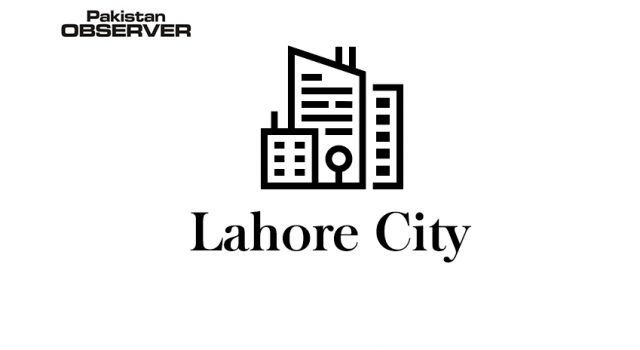The Pakistan Industrial & Traders Associations Front has urged the State Bank of Pakistan to drastically cut down the discount rate in forthcoming monetary policy, bringing it to a single digit, ensuring availability of cheaper money to cash-starved private sector, besides encouraging the potential foreign investors for investment in Pakistan.
PIAF chairman Mian Nauman Kabir, in a joint statement along with senior vice chairman Nasir Hameed and vice chairman Javed Iqbal said that in the last monetary policy announcement the SBP kept the interest rate unchanged at 13.25 %, creating hardships in to access to finance for the business community as a whole and for SMEs in particular.
He said that the cost of doing business and cost of production have shot up to the level of un-competitiveness. Under this, the cost of borrowing is huge and capital financing become more expensive.
Mian Nauman Kabir said that the State Bank approach toward monetary policy had been rather conservative and is based on its own analysis of the situation.
The continued tight monetary policy in the past has paid some dividends in reviving economic and financial stability but in view of the latest internal and external development, the SBP approach from now onwards should be beneficial to both the businessmen and the general public.
The government must come up with concrete policies to reduce rampant corruption in state-owned organisations, eradicate poverty and unemployment. He urged the governor SBP to review all other economy related banking policies and facilitate the private sector that was engine of the growth.
Mian Nauman Kabir stated that cut in discount rate in monetary policy will spur the economic activities.
He said that reduction in interest rates cuts cost of production, strengthens debt repayment ability and improves the credit worthiness. This encourages businessmen to make investment in the productive activities, increasing the wealth of the nation.
Senior vice chairman Nasir Hameed observed that such initiatives also result in job creation, leading to increased employment opportunities. Such financing helps businessmen enhance their working capital and better manage their inventory, he added.
He believes the decrease in borrowing costs coupled with the decline in energy price may raise the exports by 15 to 20 per cent in times to come.
Nasir Hameed said the government should bring down electricity rates, logistics in the falling oil price scenario.
Vice chairman Javed Iqbal said that lower interest rate triggers borrowing and investments. He added that excessive use of bank borrowing by the government led to excessive rate of inflation, reduced the supply of credit to the private sector and increased the nominal lending rates, reflecting high inflation, attractive return offered by the government and high interest rate spread.
He stated that the SBP would have to make a large cut in interest rate for the revitalisation of the country’s economic growth. However, the cut in discount rate by 100 basis points would definitely yield some positive impact.
Javed Iqbal said that Pakistan has no employment generation, as industries are being closed down and non-performing loans are rising, posing a threat to industrial growth.
The government should make a substantial cut in non-development expenditure and focus on revival of growth.









